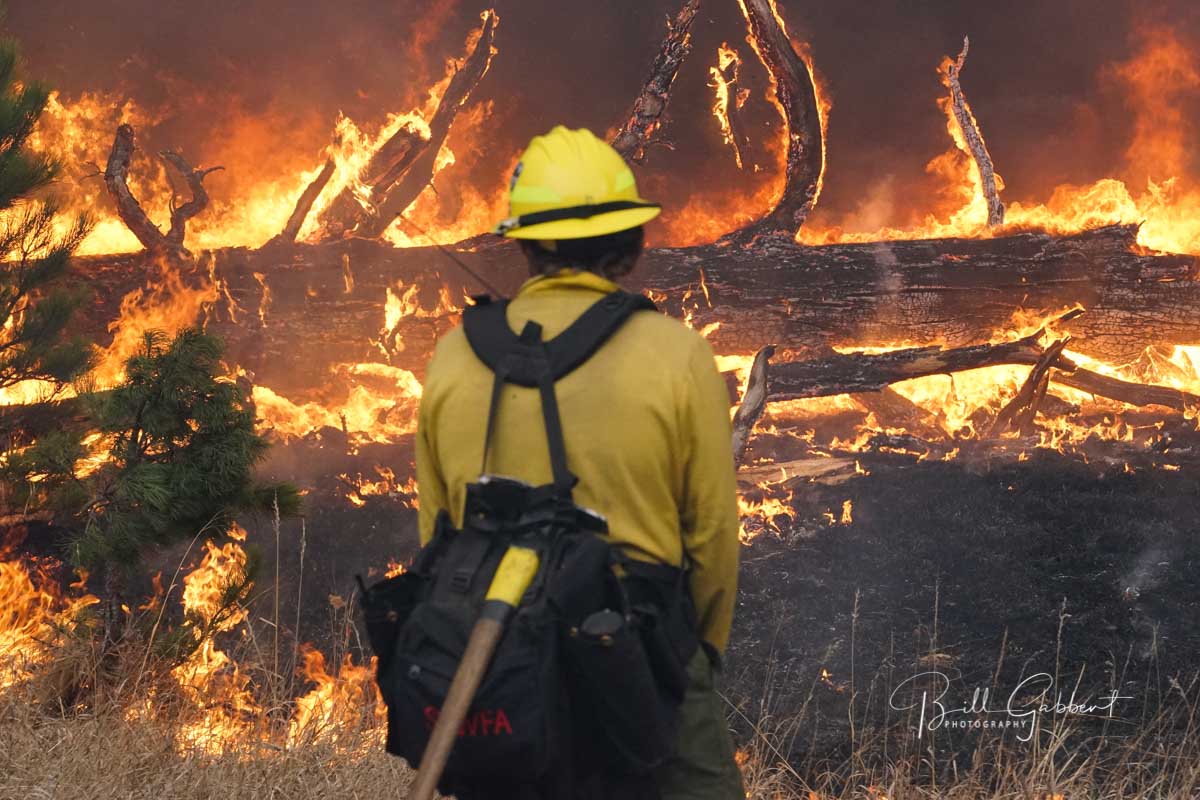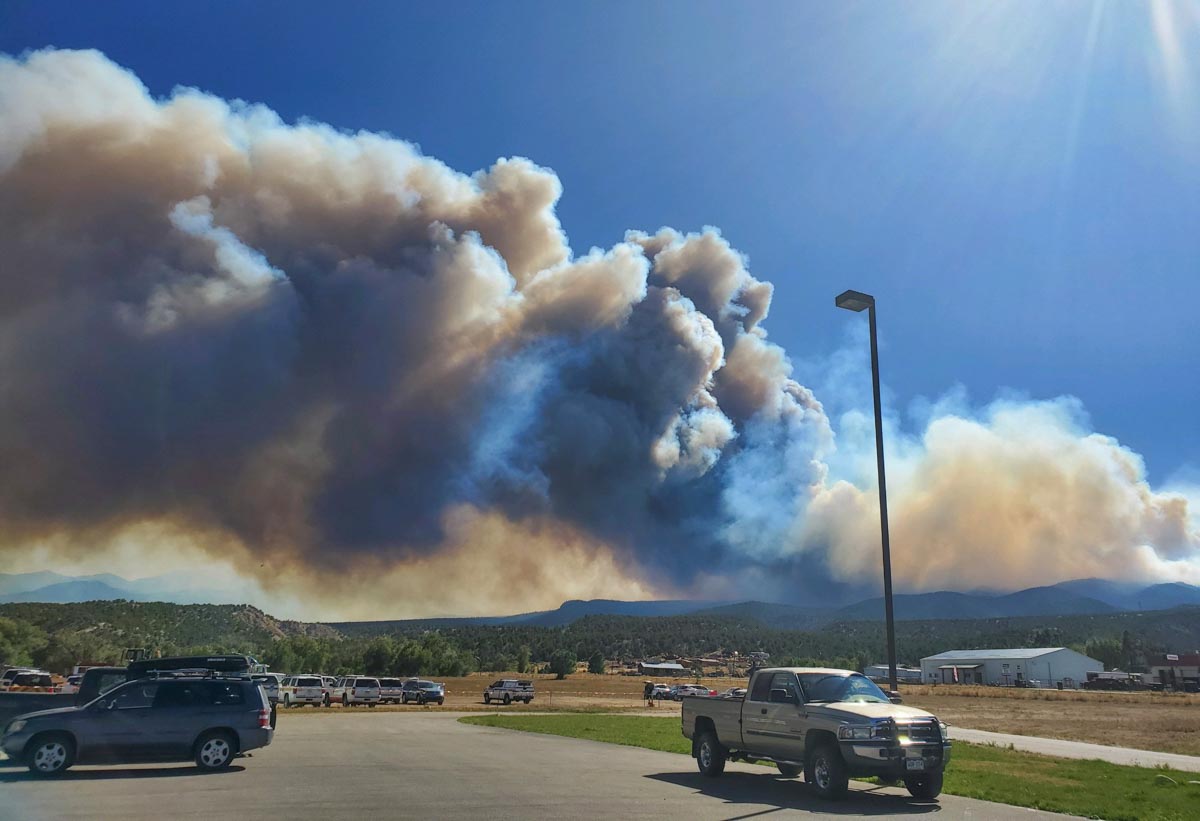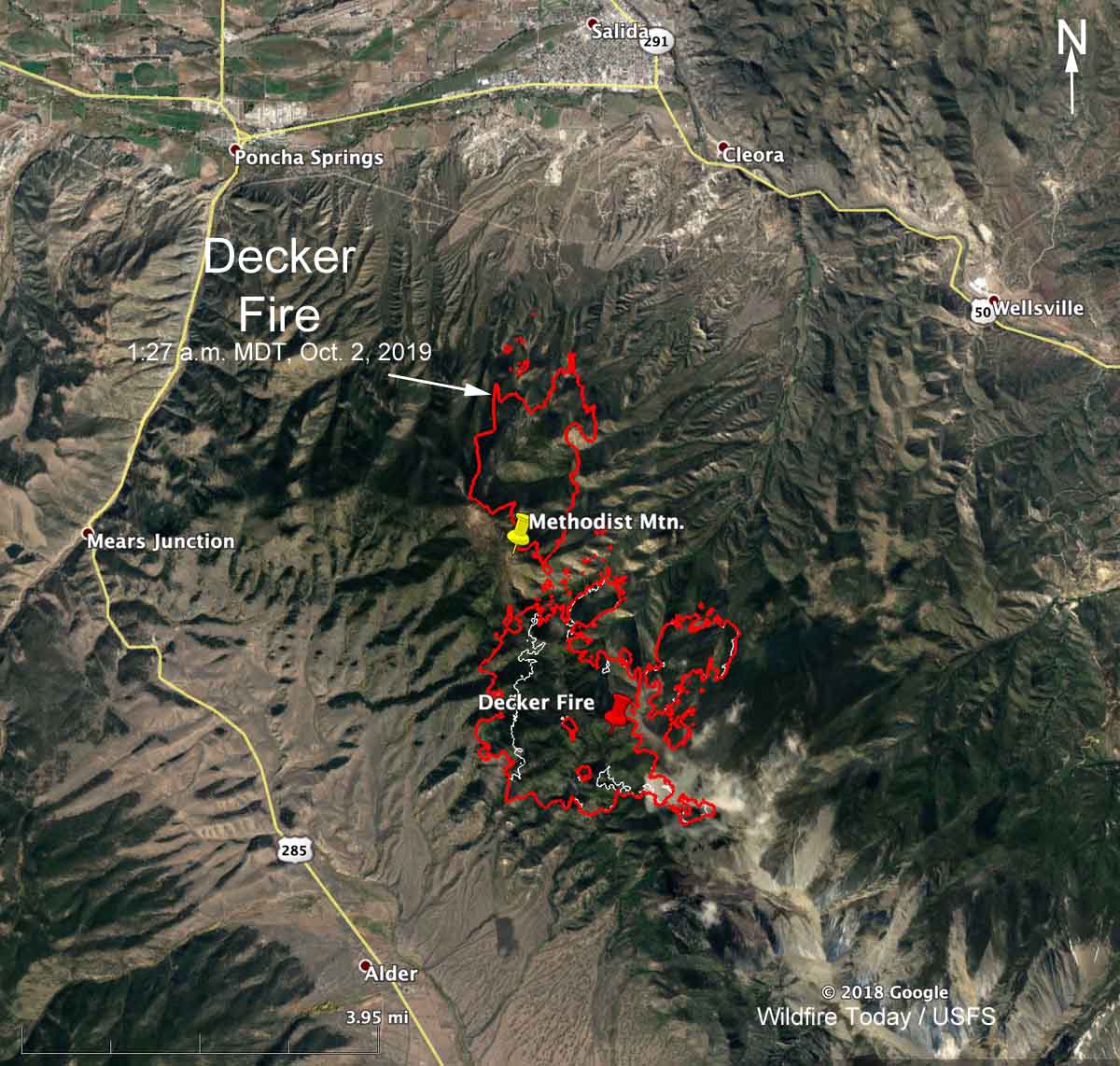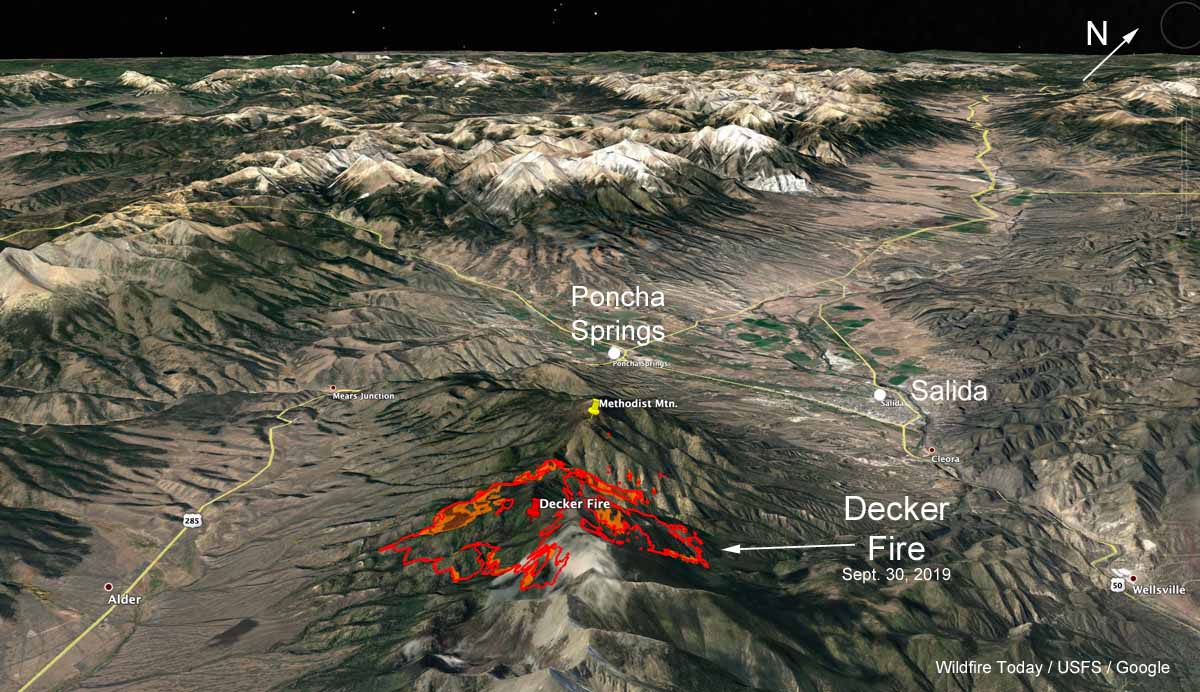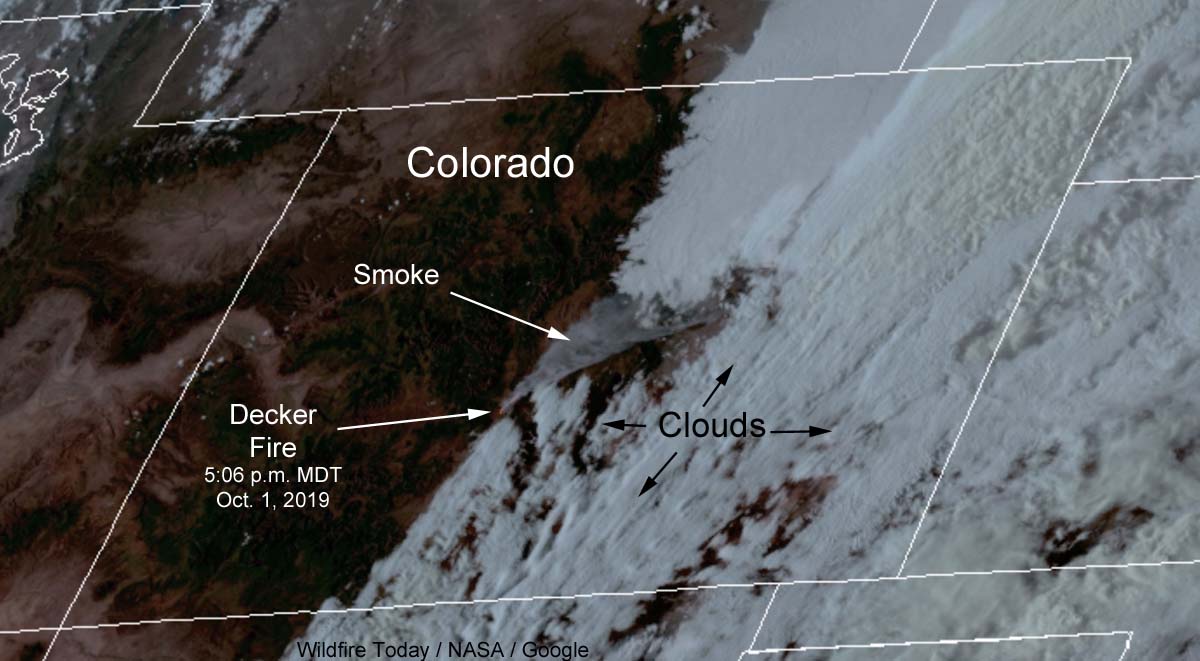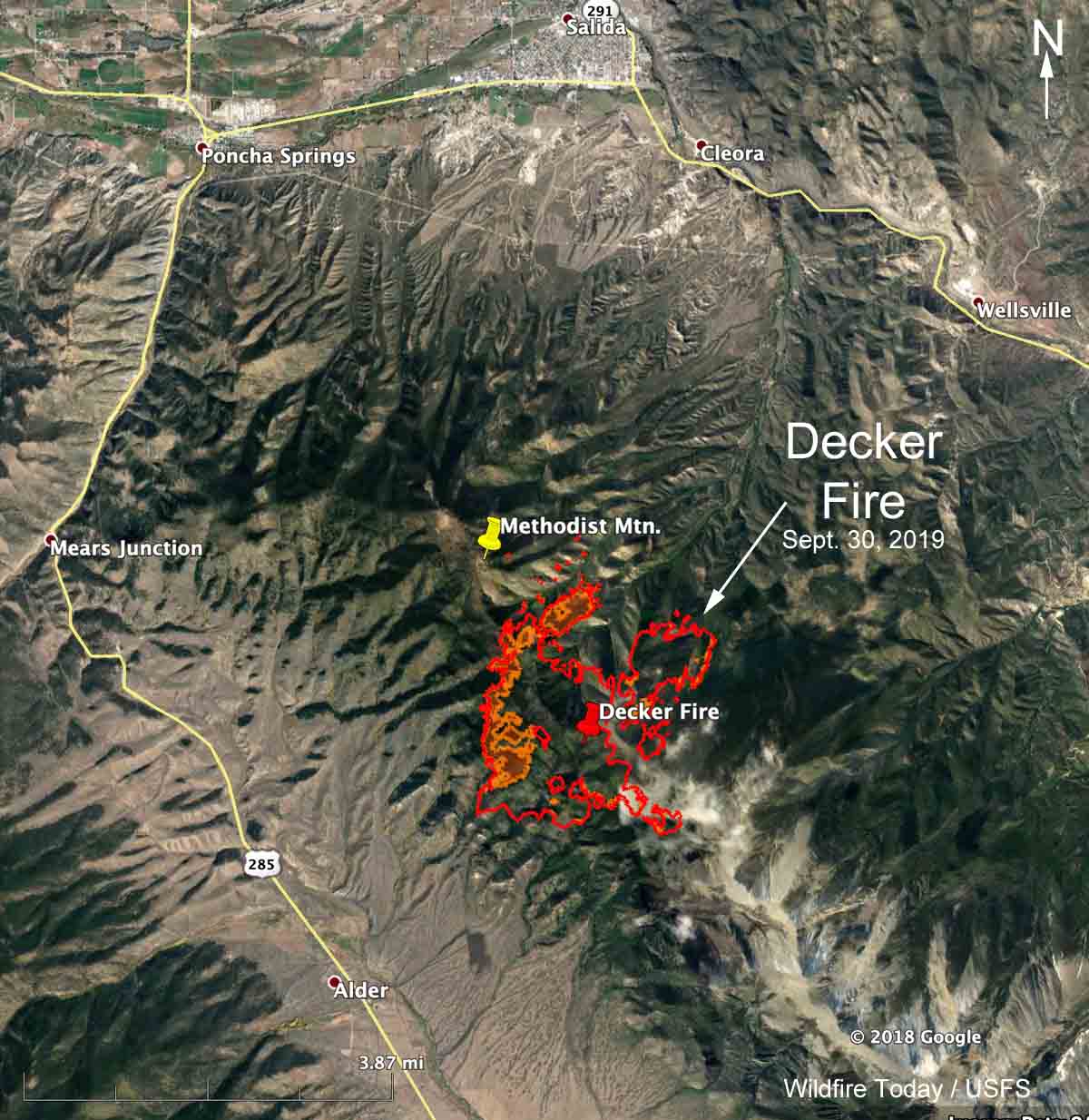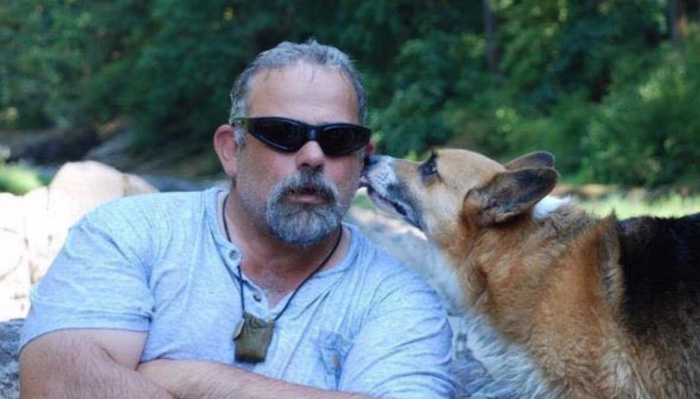
A firefighter who received second and third degree burns over 60 percent of his body September 1, 2019 while battling the Spring Coulee Fire in Okanogan County, Washington passed away yesterday, October 2, 2019. Christian Dean Johnson, 55, of Okanogan was surrounded by his wife Pam, family, and friends at Harborview Medical Center.
From the GoFundMe page that was created September 3:
Christian has served his country as a sergeant in the Us Army, and was deployed with the Washington State National Guard from November 2003-May 2005 in Baghdad. He retired after 22 years of service and has volunteered for the Okanogan Fire Department for 20 years.
Christian is a selfless man, who is always willing to help those in need, and never ask for anything in return. We are now asking for your help to make this long journey a little easier for him and his family. Any amount of donations are greatly appreciated and will go towards helping his wife (Pam Johnson) with travel, housing, food, etc.
Our sincere condolences go out to Mr. Christian’s family and friends. May he rest in peace.




